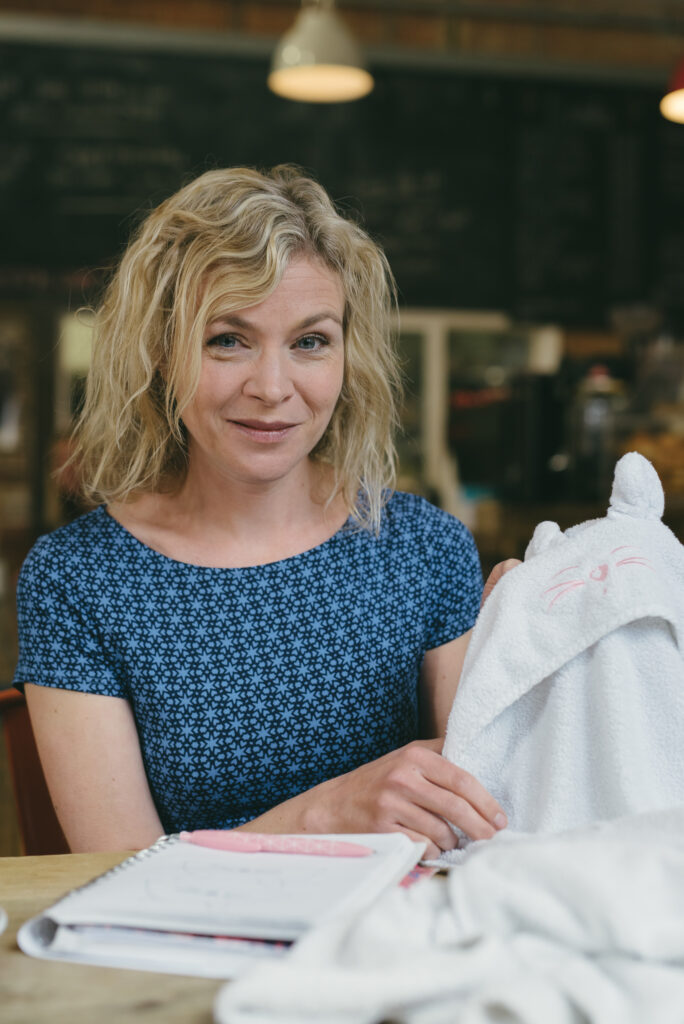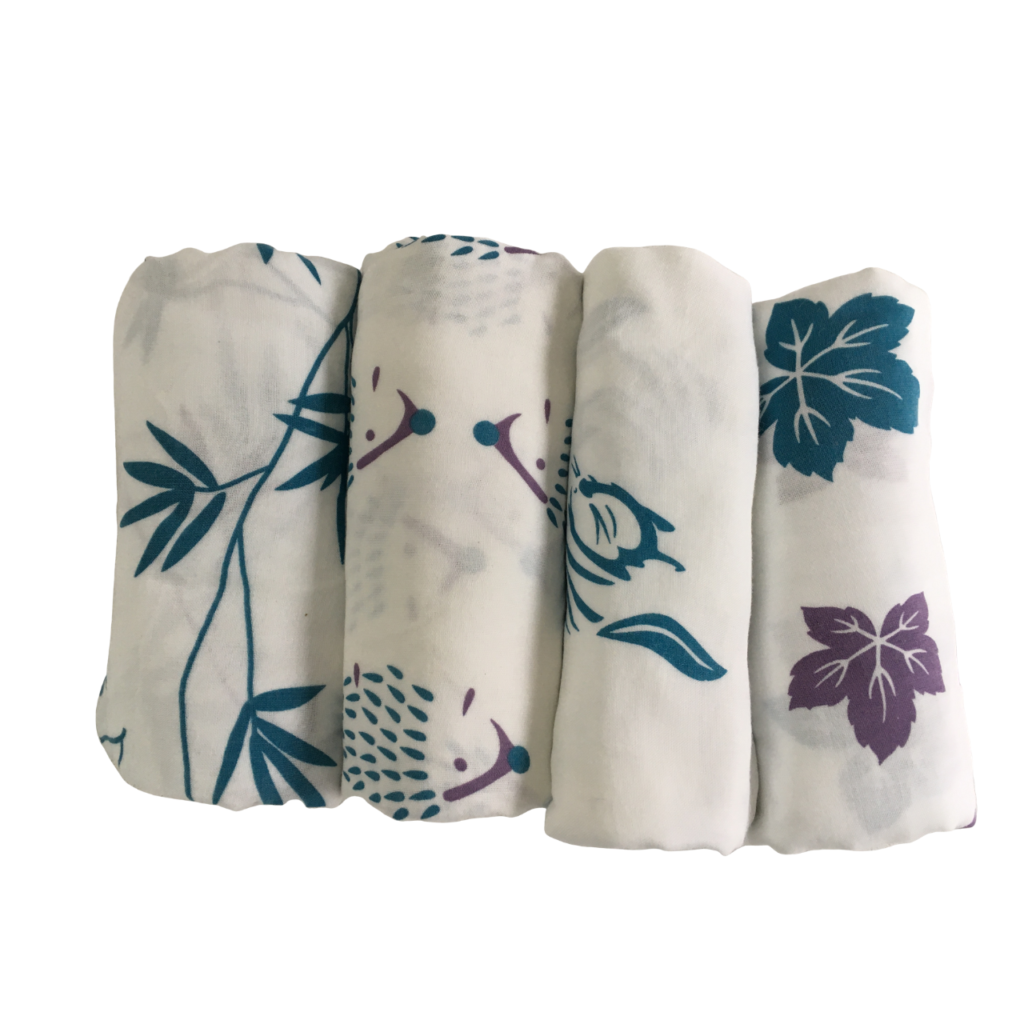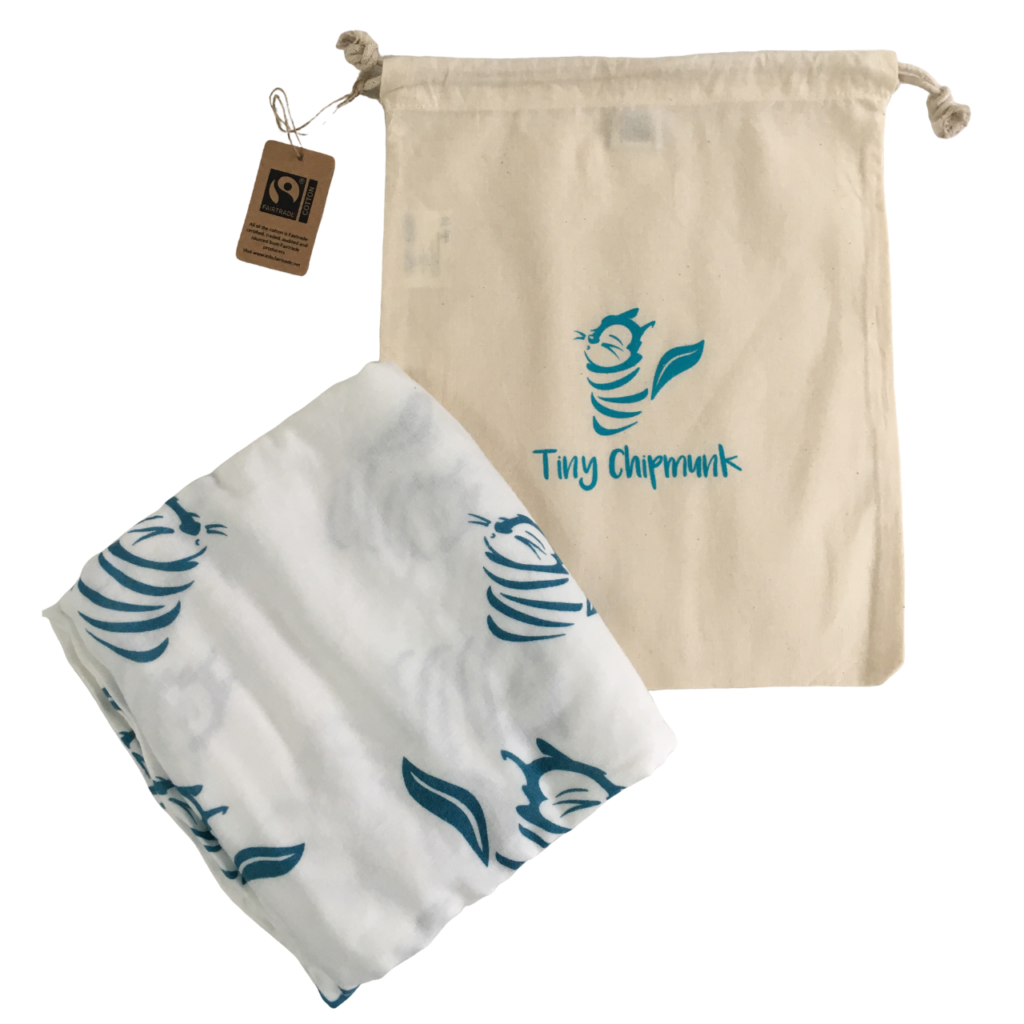Guest Blog – Vicki Weinberg

Vicki launched her own brand of premium bamboo baby products, Tiny Chipmunk, in 2013. She’s
passionate about helping other people bring their product ideas to life and now also works with other aspiring product-creators and small products-businesses to launch their products and grow their sales.
Selling your own products (especially online) can be a great way to make money, work flexibly and also supplement any services you provide. It can be great as a full-time business or a side hustle. It might seem daunting to get a product made, and there is a lot to do, but, like most things, it’s a process and by working through the steps bit-by-bit you will get there. I’m a huge plan of breaking things down into the smallest tasks possible. By taking that approach, I promise that you too can take your product from idea to reality!
It all starts with an idea!
The first thing you’ll need is an idea for a product. Maybe you have that already and that’s the reason you’re reading this post. Perhaps you don’t right now, but you like the idea of selling products. If you’re looking for ideas, I’d suggest starting by thinking about the things you use regularly and thinking about how you could improve them. You could also brainstorm the things you wish existed – maybe you can be the one to invent it! If you’re still stuck for inspiration, this blog post should help.
What’s your product and who’s it for?
I’m a huge fan of research – especially in those early stages, when you have a great idea and you’re probably bursting to go off and start looking at how and where you can get your product made. Before doing that (we will get there, I promise), it’s worth taking some time to figure out exactly what your product is and does – then working through a few more steps to come up with a final specification. While it might sound tedious, I promise it really will help your product to be the best it can be. A key part of that is working out who your product is for. i.e. what kind of person do you expect to buy it? I don’t just mean are they male or female (for example), think about the kind of interests and lifestyle they might have. Are they health conscious? Are they dog lovers? Are they new parents? Most importantly – what kind of concerns or problems might they have, that your product can help with?
Validate your product idea (and don’t just ask your friends and family)
Now you have an idea of who your customer will be, go out and find them, then get some input on your product idea. You don’t necessarily need to find them in ‘real life’. There are Facebook groups for all kinds of things now and they’re a great place to get feedback. I do know how scary this might sound. You definitely don’t have to share your product idea
now if you don’t want to. Instead, you could ask general questions. i.e. “Have you ever brought an X?” “If not, why
not?” “If so, what did you think?” Another great question to try is: “If you were buying an X, what would it need to do / be to exceed your expectations?” The reason I suggest not asking your family and friends (or at least, not only your family and friends) is they won’t be as objective as someone who doesn’t know you well. Plus, they might not be your ideal customer anyway.
Look at other products
I’m not suggesting that you copy other people’s products at all – but I do think it’s good to see what else is out there, that’s similar to your product idea. I like to look at what kind of price they sell for (to get an idea), the features they have, and what people are saying in the reviews. This is a great way to find out what customers value and what they’d like to improve – invaluable when you’re refining your own product specification. I like to use Amazon for this, but there are lots of other marketplaces you can use too. You might also find that there are so many similar products that you need to change your
idea slightly. This is the kind of thing that it’s really important to know now – rather than after you’ve placed
a large order!
Finalise your product specification
Now you’ve done all your research, you should have a really good idea of what your product is, what it consists of, what it does, etc. Your specification needs to include everything someone would need to confirm that they can meet your brief (or not) and give an accurate quote for your product. Once you have this, you can start to find someone to make or supply it. Even if you plan on making it yourself, I still think this is a worthwhile exercise. Who knows, perhaps someday someone else will be making them!
Make a pricing decision
Not everyone will agree with me here, but I like to figure out my product’s price before I start looking at how much it’ll cost me. The reason is, if you know your target selling price before you get the quote for actually producing your item, you can be more objective. If the costs just don’t add up to a profit, you can either tweak your product slightly, so they do, or put the idea aside for now. The main thing is, you won’t be spending money on something that potentially won’t make
you any money.
Research & contact credible suppliers
This is, I think, one of the scariest steps, as this is when it becomes very real. You’re very close to spending some money now! Plus, there can be a fear around finding a good supplier, knowing that they’re genuine and that they can deliver the product you need, for the quality that you want. This is a huge topic and I suggest you take a look at this blog post for more details.
Using online sourcing sites is a great place to start. Alibaba.com is my preferred site for products made in China. You don’t necessarily need to look abroad either. You can use esources for the UK – although I find that Google is the best way to find UK suppliers!
My top tips here are:
● Have a really detailed product specification. This will help you to get accurate quotes, plus you’ll be comparing like-for-like prices.
● Take your time to verify suppliers. There are lots of ways you can do this and some of it is using common sense. Remember, if something doesn’t feel right, it probably isn’t.
● Know that this is likely the longest step in the entire process – but it’s well worth spending the time to get it right. Hopefully the relationship you build with your supplier will be a long-term one.
Order product samples
The only way to really assess product quality and compare suppliers is to order samples from 2-3 suppliers you’ve shortlisted. I also suggest ordering a few of your supplier’s products (you can always return them later!) to compare your products to theirs too. There’s nothing like holding something in your hands to get a real feel for it.
You’re almost there!
Hopefully, you’re now at the stage where you’re ready to actually place an order. Of course, there is more to do, but you’re very close to having a product – which is exciting!
Other things you may need to do include:
● Finding a designer to help with branding, logos, etc
● Either arranging product photography or taking your own photos
● Writing your product description, to use anywhere you’ll be selling online
● Decide where you’ll be selling your products
● Arrange shipping quotes, if your product is being made oversea
● Decide how and where you’ll store and ship your products
● Opening accounts with online marketplaces
● Setting up your own website
There are also some additional things you’ll need to do if you plan to set up a business
around your products.
This free checklist, covers everything we’ve spoken about here, plus the business set-up
steps too.
I have lots of free resources and information, to help you get started. Just take a look at
https://www.vickiweinberg.com/free-help




